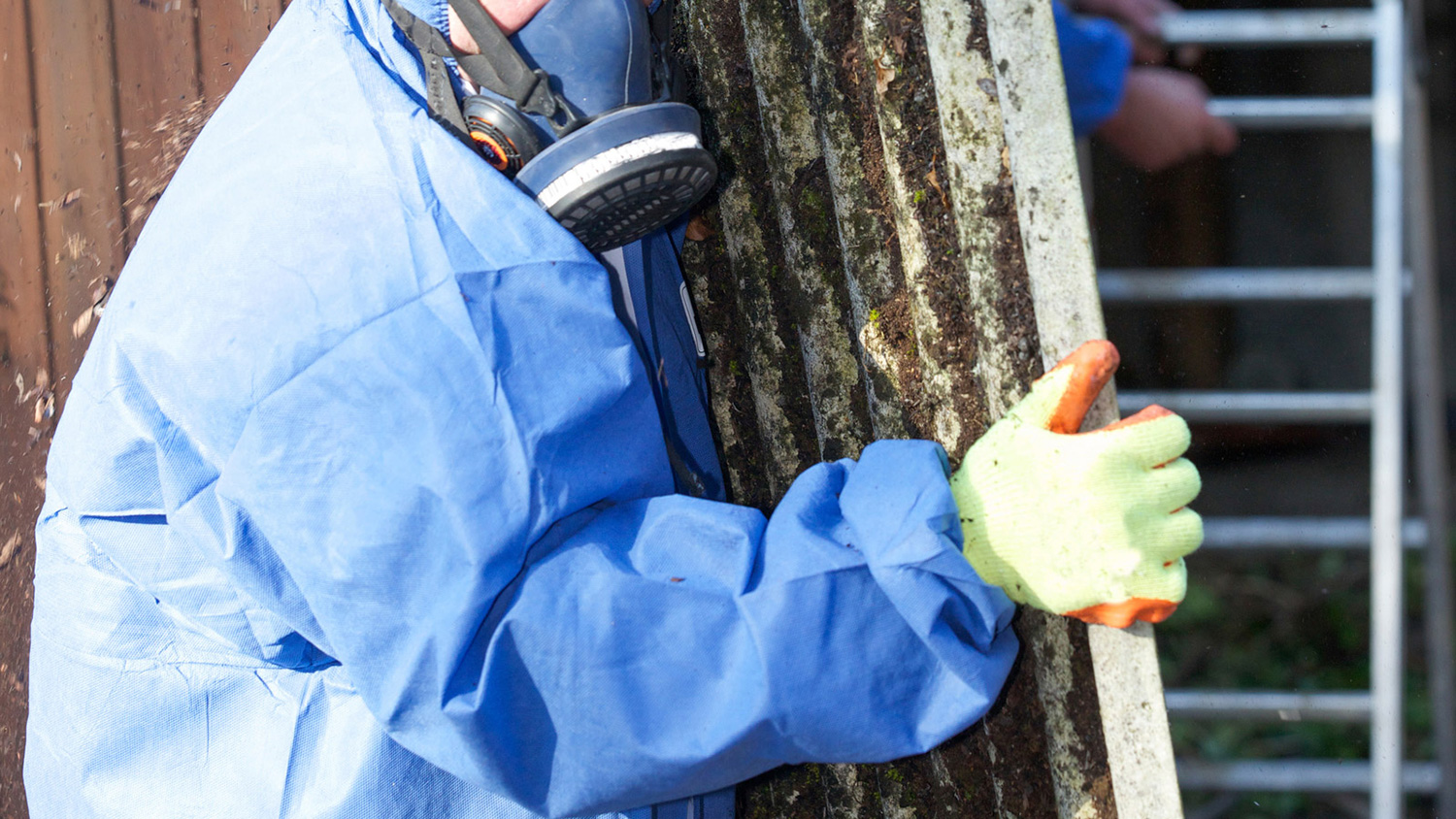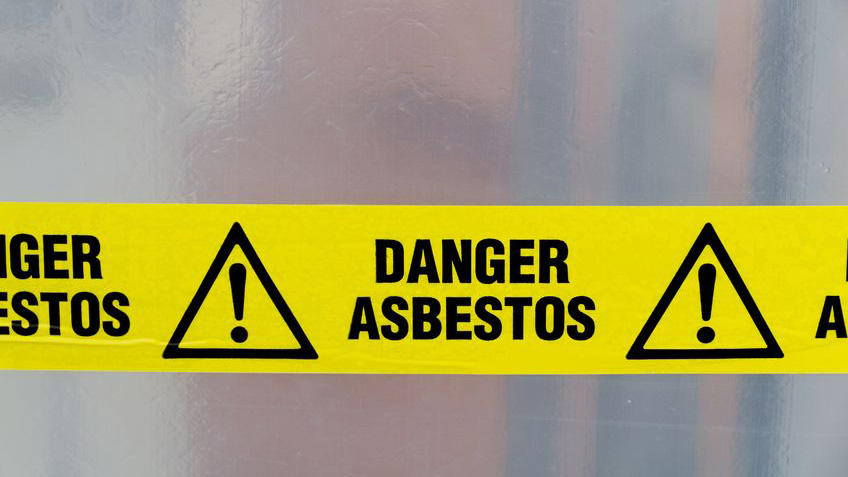
Asbestos awareness: the risk to every worker
Global Asbestos Awareness Week 2023, organised by the Asbestos Disease Awareness Organisation, takes place this week (1-7 April), aiming to raise awareness of the risks of asbestos exposure and the need for prevention measures.
Despite the importation, supply and use of asbestos being banned in the UK since 1999, it remains the largest single cause of work-related fatalities, with more than 5,000 deaths each year from diseases including mesothelioma, lung cancer and asbestosis.
In fact, studies show that we should expect to continue seeing a rise in cases of asbestos-related diseases in the coming years.
Asbestos exposure at work is often considered to only affect workers such as carpenters, plumbers, electricians and other traditional tradesmen. Some people link asbestos exposure to particular types of work such as shipbuilding or the building industry. However, the stark reality of the situation is that every type of worker could potentially be affected by asbestos diseases.
Currently, the duty to manage asbestos is contained in Regulation 4 of the Control of Asbestos Regulations 2012 and requires the duty-holder to:
- Take reasonable steps to find out if there are asbestos-containing materials (ACM) in non-domestic premises, and, if so, its amount, where it is and what condition it is in.
- Presume materials contain asbestos unless there is strong evidence that they do not.
- Make, and keep up to date, a record of the location and condition of the ACM – or materials presumed to contain asbestos.
- Assess the risk of anyone being exposed to fibres from the materials identified.
- Prepare a plan that sets out in detail how the risks from these materials will be managed.
- Take the necessary steps to put the plan into action.
- Periodically review and monitor the plan and the arrangements to act on it so that the plan remains relevant and up to date.
- Provide information on the location and condition of the materials to anyone who is liable to work on or disturb them.
Asbestos-related diseases can take up to 40 years to manifest themselves and therefore it will take a long stretch of time before the asbestos bans start bearing fruit.
Past employees could revisit old employers with claims of asbestos exposure from many years ago. Mesothelioma sufferers can make compensation claims against the employer for whom they were working at the time they were exposed to asbestos. Mesothelioma has a long latency period – that is the time between a person’s initial exposure to asbestos and the development of the disease. This can mean that the employer in question no longer exists. In such cases, the mesothelioma sufferer can submit a claim to their former employer's employers' liability insurer.
Under Regulation 10 of the Control of Asbestos Regulations (CAR) 2012, anyone liable to disturb the fabric of a building, or anyone supervising those people, must have awareness training. This would include maintenance and repair staff, FM operatives, electricians, plumbers, gas fitters, IT installers, fire alarm cablers etc. International Workplace’s half-day course covers the properties of asbestos, types, uses and likely occurrences, effects on health, dealing with emergencies, and how to avoid risks from building work.
Further information and guidance on asbestos is available in International Workplace’s guide: Abestos: the duty to manage.




